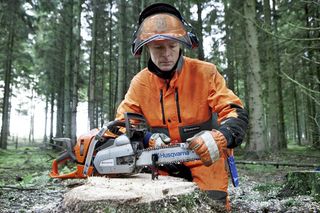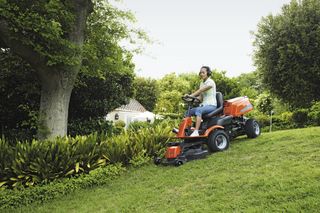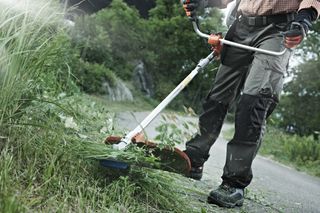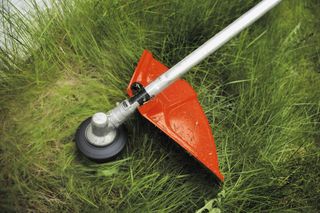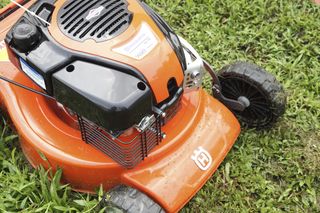How to fertilise your lawn
Fertilising your lawn is important for keeping it thick, luscious and green. Let Husqvarna show you how.
Fertilising your lawn
A lawn should be thick, even, lush – and green. It should be durable, and you should be able to run around, play croquet, badminton and football on it, and just lie on it and enjoy the verdant surroundings. The lawn should also be able to withstand the fierce competition from weeds and moss, which both have the advantage of their growing season being longer than that of grass.
A thick, lush, green lawn needs care and maintenance. It also needs a good mix of nutrients to have any chance of being as thick and luscious as you’d like it to be.
When should I fertilise my lawn?
Spring is the most important time to fertilise your lawn. The first time to fertilise your lawn is when the grass starts showing signs of life after winter. Fertilising in the spring gives your lawn a much needed shot of nutrients. Weeds and moss will have already started growing, so the grass needs additional strength to create dense turf to outgrow moss and weeds.
How often should you fertilise your lawn?
It’s better to fertilise little and often rather than lots only occasionally. You should ideally fertilise your lawn two to three times more in late spring and the summer. If you want to give the lawn a final tonic in the autumn, you should use a fertiliser that contains phosphorus and potassium but no nitrogen. Fertilising in the autumn strengthens and hardens the lawn before the winter, but is not as important for a healthy, lush lawn as fertilising in spring and summer.
How to fertilise
When fertilising, make sure you spread the fertiliser evenly and sparsely over the entire lawn. Allow 2 to 3 kilos of fertiliser per 100 square metres of lawn. It’s a good idea to use a fertiliser spreader, especially if you have a large lawn. Spreading fertiliser by hand evenly at the correct application rate can be tricky if you’re not used to it.
According to the old rule, you should fertilise in rainy weather. It helps the pellets dissolve and seep into the earth more quickly, and it also avoids the risk of ‘burning’ the grass. However, this is not necessary if you use organic fertiliser, which can be spread in all weathers.
Different types of lawn fertiliser
Lawn fertiliser is a fertiliser that is primarily rich in nitrogen, the nutrient that is most needed by grass.
2-in-1 products also contain weedkiller. It’s important that there is warmth in the ground when you apply this type of product for it to be effective. It’s also important to remember that you’re dealing with a pesticide, so follow the safety instructions carefully.
Anti-moss products work in the same way as combined fertiliser and weedkiller but contains moss killer instead. These products kill moss, which can then be raked away after a couple of weeks. They also fertilise the grass, making it more able to compete with moss growth in future. Again, it’s important to follow the safety instructions.
Autumn fertiliser isn’t actually a specific lawn fertiliser and can be used on the whole garden. Autumn fertiliser contains less nitrogen but more phosphorus and potassium and prepares the lawn for winter.
But, of course, it’s best to avoid fertilisers that contain pesticides and chemicals. The most environmentally sustainable types of fertilisers consist of sea-based algae and lime, providing important nutrients with less environmental impact.
Let robotic lawn mowers take care of fertilising
Perhaps the easiest and most environmentally sustainable way to fertilise your lawn is to use a robotic lawn mower. It works constantly, resulting in fine grass clippings that provide a natural and continual nitrogen-rich supply of nutrients that are quickly and easily absorbed by the lawn.
6 tips for fertilising your lawn:
- Spring and early summer: use slow-release lawn fertiliser containing lots of nitrogen.
- Autumn: use fertiliser that is low in nitrogen but rich in phosphorus and potassium.
- Apply using a fertiliser spreader for more even distribution.
- Ideally fertilise in rainy weather, as it helps the pellets dissolve.
- Fertilise at regular intervals, 2–3 times per season.
- Get a robotic lawn mower; the fine clippings provide excellent nutrients for your lawn. The Husqvarna Automower buying guide can help you find a robotic mower to suit your lawn.


